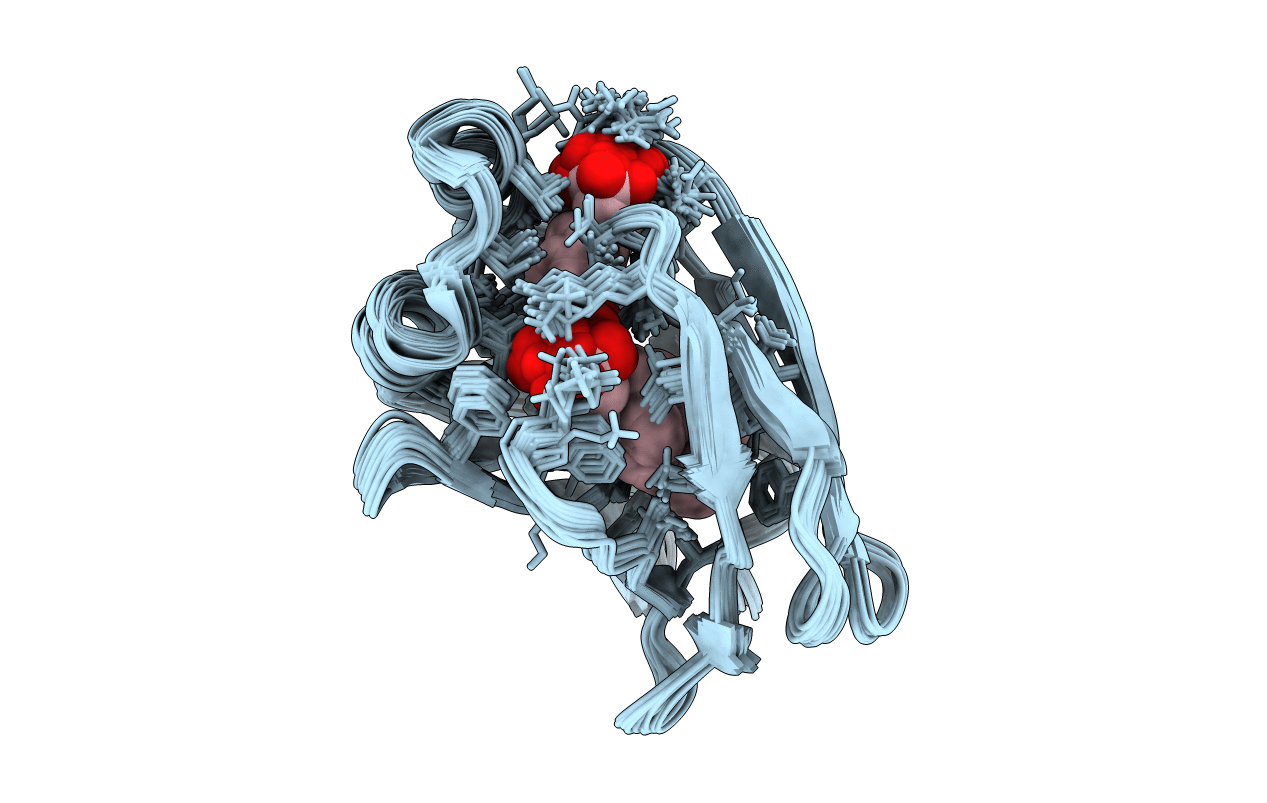
Deposition Date
2006-12-22
Release Date
2007-07-03
Last Version Date
2023-12-20
Entry Detail
PDB ID:
2JN3
Keywords:
Title:
NMR structure of cl-BABP complexed to chenodeoxycholic acid
Biological Source:
Source Organism:
Gallus gallus (Taxon ID: 9031)
Host Organism:
Method Details:
Experimental Method:
Conformers Calculated:
400
Conformers Submitted:
20
Selection Criteria:
structures with the lowest energy


